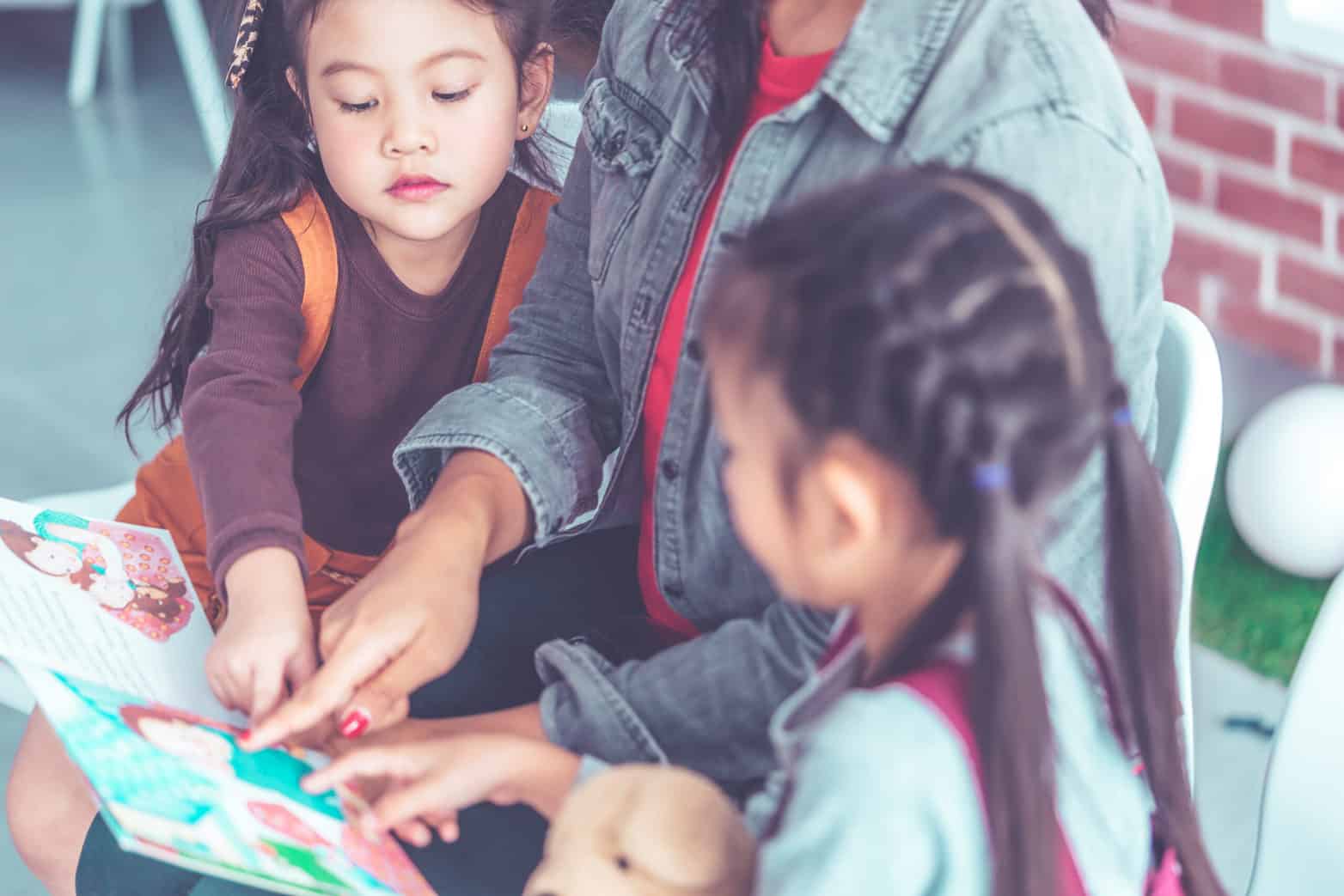Co-create classroom environments through meaningful student roles
Every year, there are certain things that we can predict. For instance, we can almost always be certain that the unpredictable is likely to happen—hello pandemic! As a teacher, this was often the way most school years were talked about among my peers. I was transferring schools during my second year of teaching, and I wanted to get a headstart on planning. I reached out to one of the veteran teachers at my new school who told me not to worry about it because it’s likely to change. I quickly found out what she meant. It was not a good feeling.
Over time, I realized it was important to focus on what was in my locus of control. For many teachers—including me for a significant period of time—that small sphere of influence involved focusing on what happens in our classroom. Let’s face it: losing control of the class was a fear for even the most experienced of my peers. Unfortunately for teachers, it can get to the point of simply trying to get through the day. School is not a place to be in a perpetual state of survival mode.
Consequently, I spent a ton of time thinking about how students experience the day. After unpacking my own backpack and observing students’ responses to tweaks in my practice for nearly a decade, I realized that a mindset shift was needed to understand that classroom management is not about managing students. It was about thinking through, setting up, and being consistent with meaningful structures that speak to the whole child. Seems simple. In reality, it wasn’t about asking myself how I would get through the day; instead, it was about considering what would allow us to successfully get through the year regardless of what is happening. Yes, even with classroom culture, we need to plan with the end in mind.
Focusing on my classroom, I leveraged the shared values around collective responsibility and the unique skills and talents of my students to co-create our sustainable learning environment. I leaned into intentionally losing control of everything I was conditioned to control. It made all the difference. All of us had a critical role, but there were three who undoubtedly served as the foundation for everything else and stood the test of time—COVID proof. They were:
Greeter
The student in this role was responsible for greeting the class as our opener, following the do-now timer, and welcoming any guests. It’s important to note two things: (1) this role can be leveraged to support a student with a growth area around communication or shyness, and (2) the first voice after seeing me at the door was not mine, but that of one of their peers.
Spirit Chair
The student in this role was responsible for following up the greeting with data share-outs and celebrations. Leveraging teacher-provided growth and mastery data snapshots, the spirit chair recognized individuals with an emphasis on how their efforts contributed to the collective. Including growth wins was essential because some recognitions included students who might not otherwise be acknowledged at the cadence necessary to sustain buy-in. This role also reinforced habits of mind that we wanted to be true for our learning community—success was always possible with every effort indicating a step in the right direction in our journey together.
Chaplain
The student in this role was responsible for words of encouragement, affirmation, and setting a positive tone. In one class, I had a student whose nickname was Deacon and who inspired this role. He would sometimes wear full suits to school because he had to do something with an internship or church. Others who had the role had their own style. Although we did not pray, this was a time for us to pause, be mindful, and lock-in together for the day’s journey. In light of the data from the spirit chair update or other situations on the hearts and minds of the class community, these intentional pauses allowed for us to speak positively to ourselves, pump ourselves up, and acknowledge our brilliance.
In sum, we all have a role to play in creating a positive class climate and culture. For me, losing control was about gaining trust. If we are intentional about co-creating structures grounded in shared values with the long term in mind, then we have the potential to ensure that every day is one where the teacher and students feel a sense of ownership. The little things become so automatic that we can focus on the big things. The day stops happening to us, and we start to command and seize the day together.





